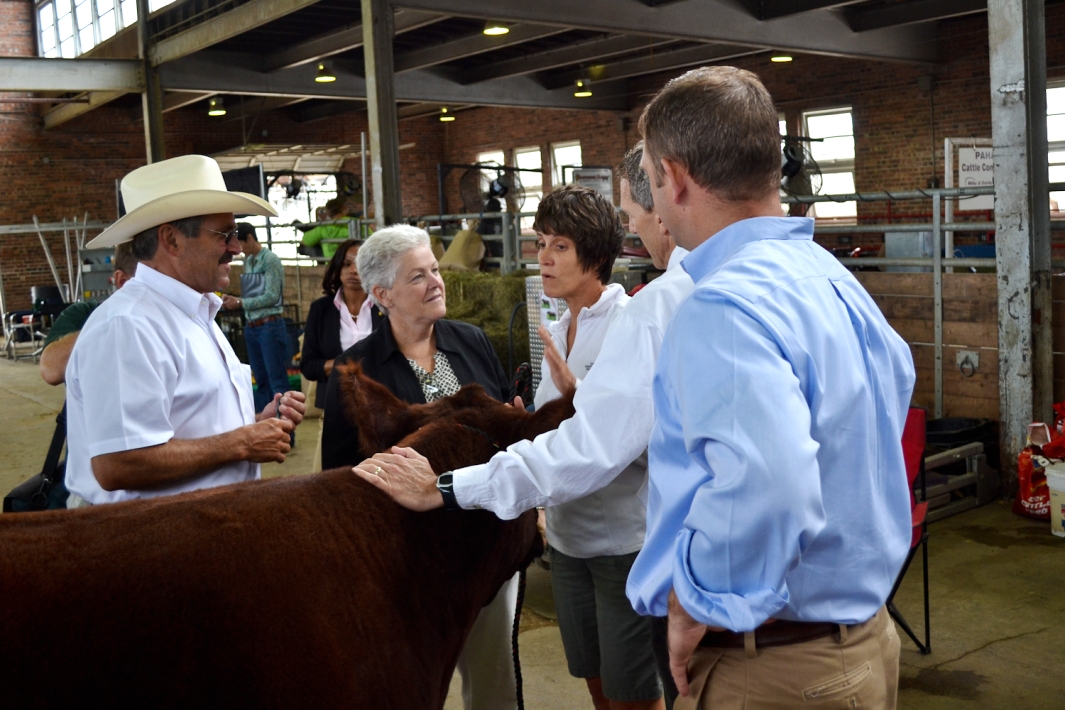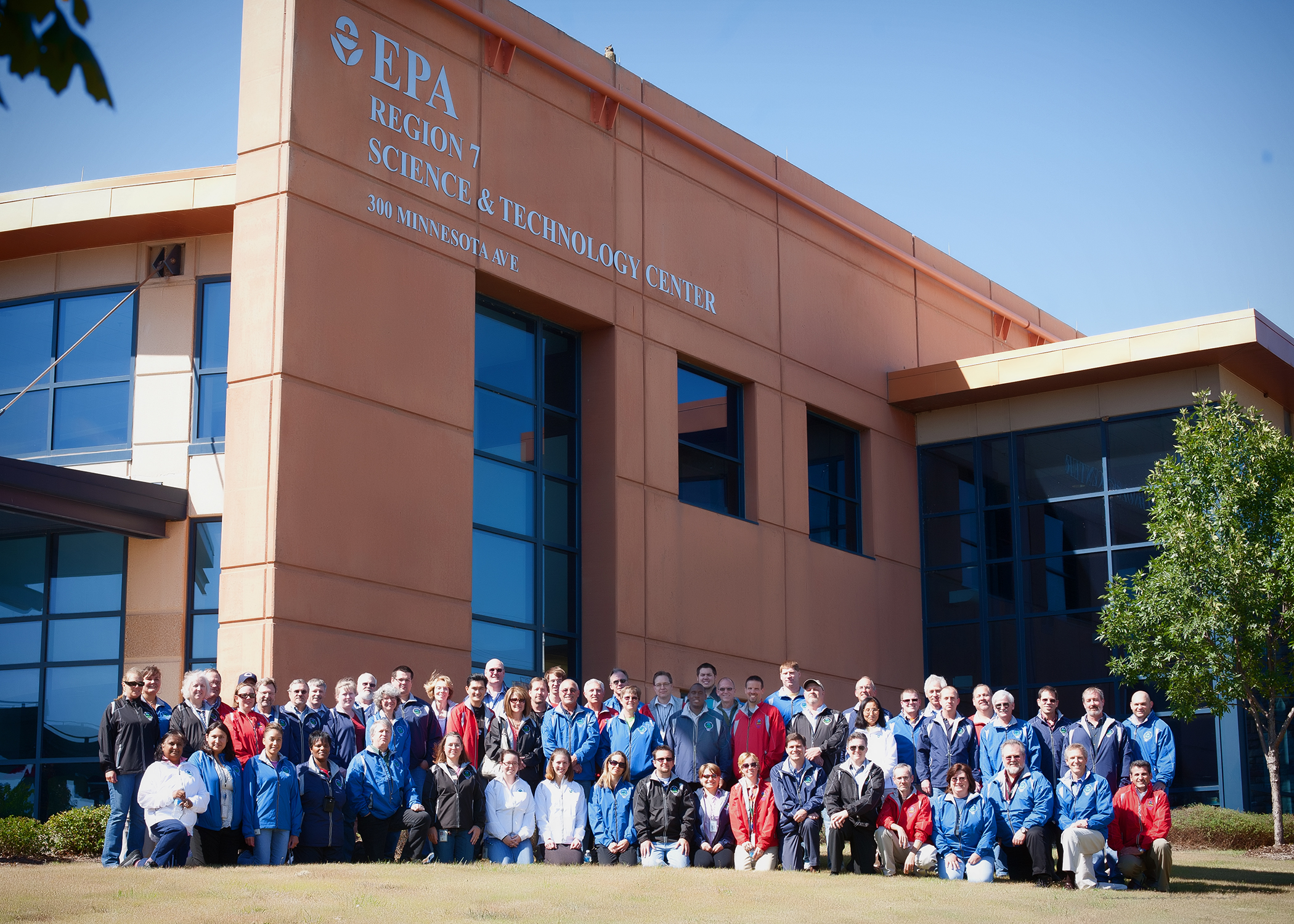Smart Shots: How to Take Great Nature Photos With Your Cell Phone
By Chrislyn Johnson
Here in the Heartland, we have an abundance of beautiful natural scenes from Missouri’s Ozarks to the plains of western Kansas. By fulfilling our mission to protect the environment, all Americans have the opportunity to enjoy the great outdoors in its unspoiled glory.
You can create spectacular images of our pristine lands and waters with a familiar device nearly all of us carry every day. Cell phones are handy multipurpose tools, so why not take full advantage of their capabilities?
While earning my degree in photography, I learned how to capture on film the images in my mind’s eye, but sometimes my cell phone still throws me for a loop. Making a snapshot into an exceptional photo is a little more challenging with the limited controls of a cell phone, but it can be done. The key is to concentrate on the main elements of a good photograph: exposure and lighting, composition and subject, and focus and angle.
Exposure and Lighting
Exposure seems simple, because the camera usually does a pretty good job of metering (measuring) the light. However, the quality of the light can drastically change the mood of an image. With practice, you can learn to differentiate average from better lighting, thereby improving the look and mood of your photographs.
- Get accustomed to overcast days. The muted light won’t cast strong shadows and can make colors more intense. Alternatively, go out early or late in the day to capture the golden light professional photographers love.
- Use the color of the light to your advantage.
- Learn how far your flash will reach and use it all the time for close subjects. It will help soften bright lights and add dimension to soft light.
- If your subject is dark, try to direct your camera’s focus to another, darker object the same distance away. The meter will automatically adjust the lighting.
Composition and Subject
The subject of a photograph is not always a person, but sometimes a bird, an old gnarled tree, or a beautiful ice sculpture.
Composition is the arrangement of visual elements in your work. This arrangement can be accomplished through selective focus on the subject, a change in the angle you are shooting from, or strategic placement or contrast within the photo. However, the easiest shortcut is to use the Rule of Thirds.
This rule involves imagining two lines running vertically and two horizontally to divide the scene into three sections each way. The ideal subject placement for beginners is along or at the intersection of these lines.
- Practice using the Rule of Thirds.
- Find uncommon patterns and angles to create interest.
- Get in close and at the subject’s level, and get a good view of their eyes (especially if you can see a reflection in them).
- Be sure the subject is sharply in focus.
Focus and Angle
Where you focus within the scene and where you aim your camera can change a lot within a photograph. Focus can involve placing certain parts of the scene in sharp contrast as others fade into the distance, or finding that a shot is in focus from the foreground to the horizon. The camera’s angle and the placement of a photo’s focus are important in directing the viewer’s eye to the desired location. This can be performed through the lens, or by using an app to provide the illusion of a shallow depth of field (not much is in focus). The goal when making a remarkable image is to artfully accentuate the parts you choose.

This series demonstrates how altering the camera angle and focus can change a photograph. Left: From above, the fern is uninteresting. Center: The camera is focused on the fronds and at a lower angle, while the background fades away. Right: The eye is drawn through the image toward the waterfalls in the background. The lighting has also changed and is more golden in this last image, which changes the mood as well.
- Consider the subject and overall composition, and the “feel” you want to portray. Where do you want the viewer to look? Take a different angle and focus there.
- Different settings can provide different moods. A bright, sunny day calls for sharper focus, whereas an overcast day with muted colors begs a softer touch.
- Use photo editing apps to further edit your images.
It’s not enough to simply possess the knowledge of how to take excellent photographs or to have the best equipment. The ideal strategy is to practice the art, take feedback and learn, and enjoy it. I still prefer my digital single-lens reflex camera (DSLR) camera for the best photos. However, more and more I find that my cell phone does the trick for most of what I want to accomplish: capture precious memories!
About the Author: Chrislyn Johnson is a Life Scientist with EPA Region 7’s Water, Wetlands, and Pesticides Division. She holds degrees in biology and photography from the University of Central Missouri. Chrislyn loves all things nature.







